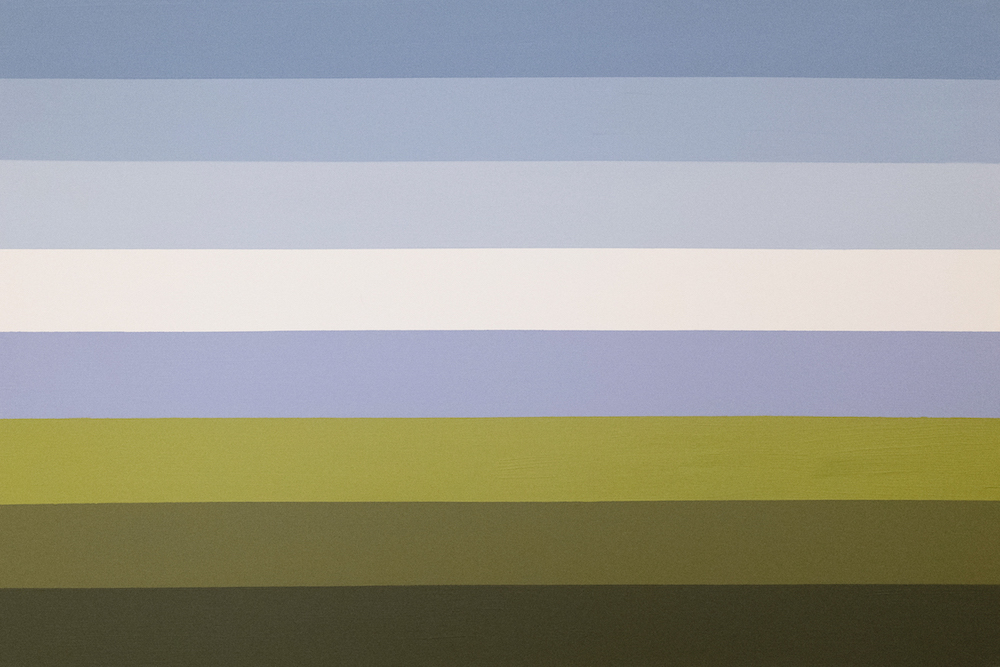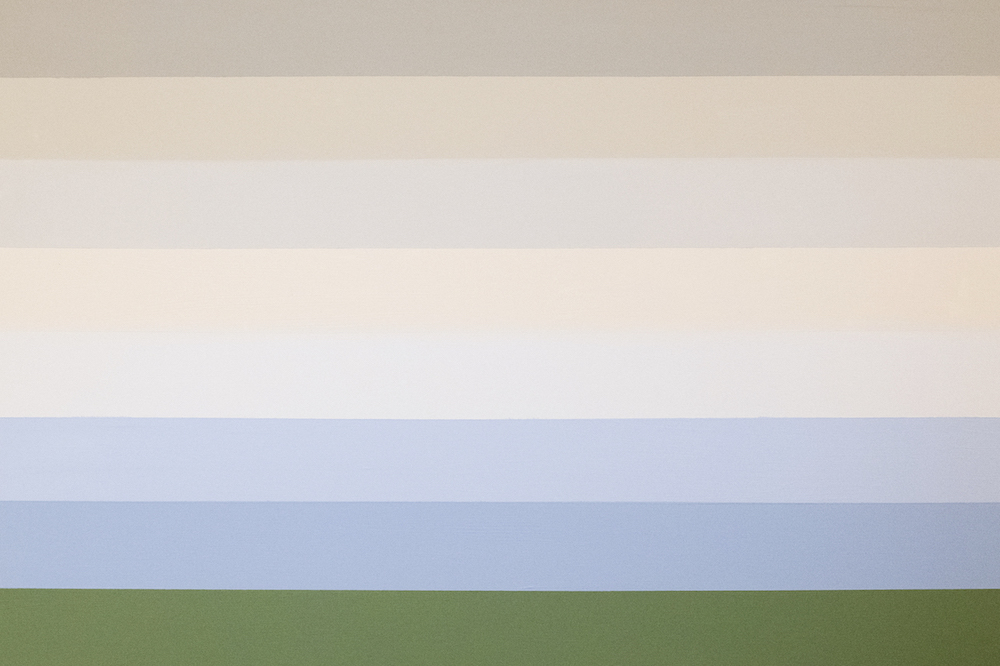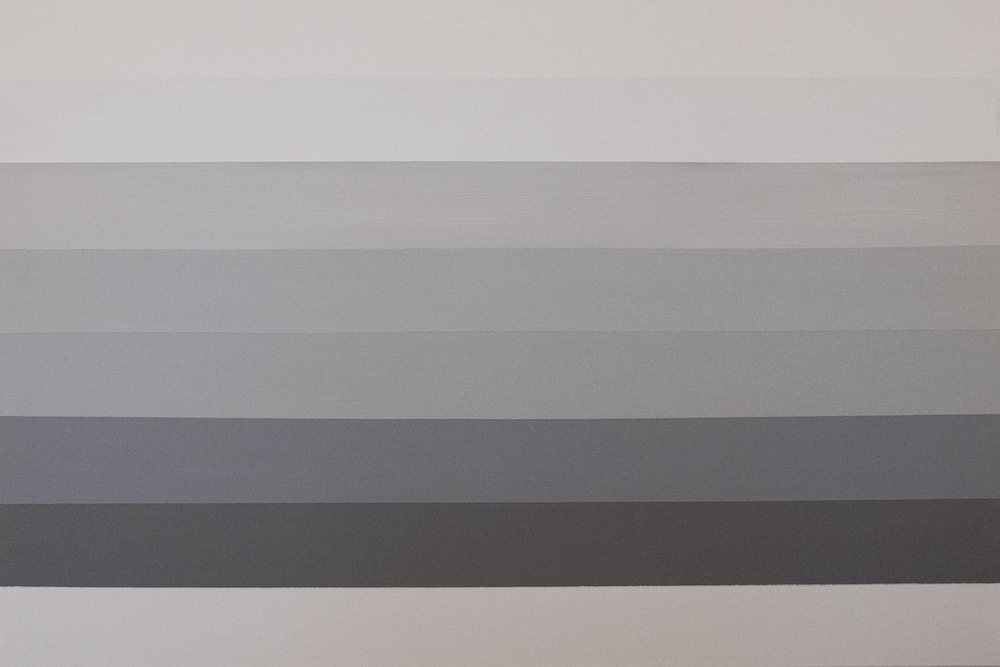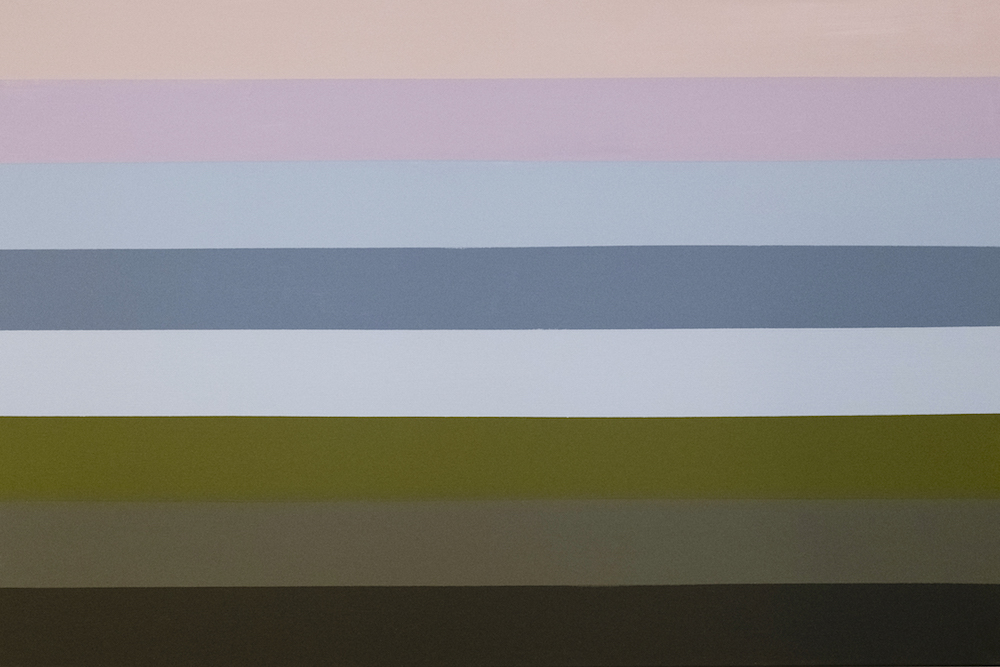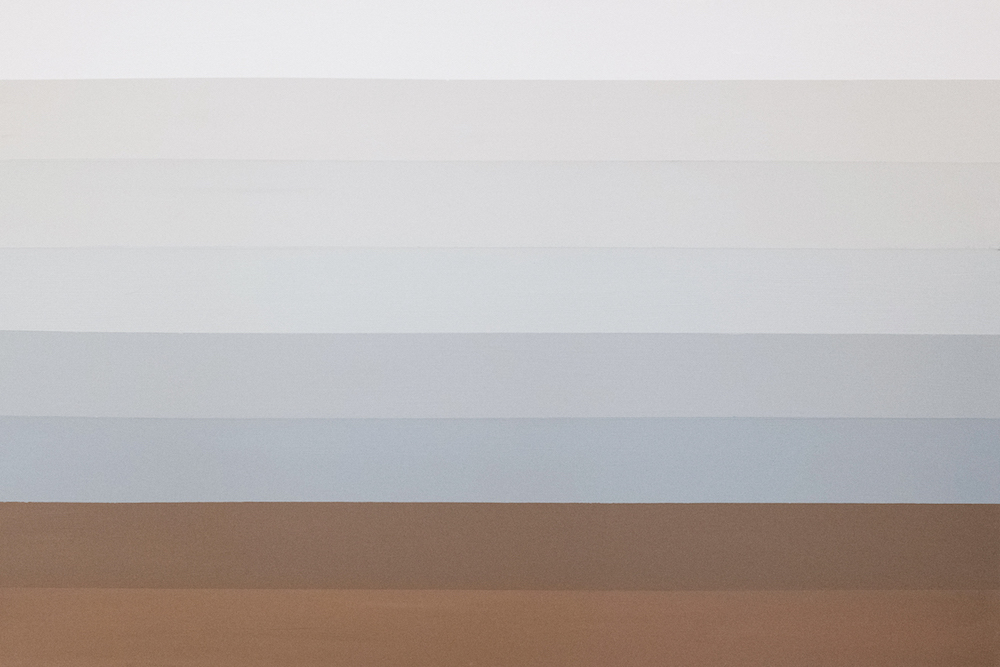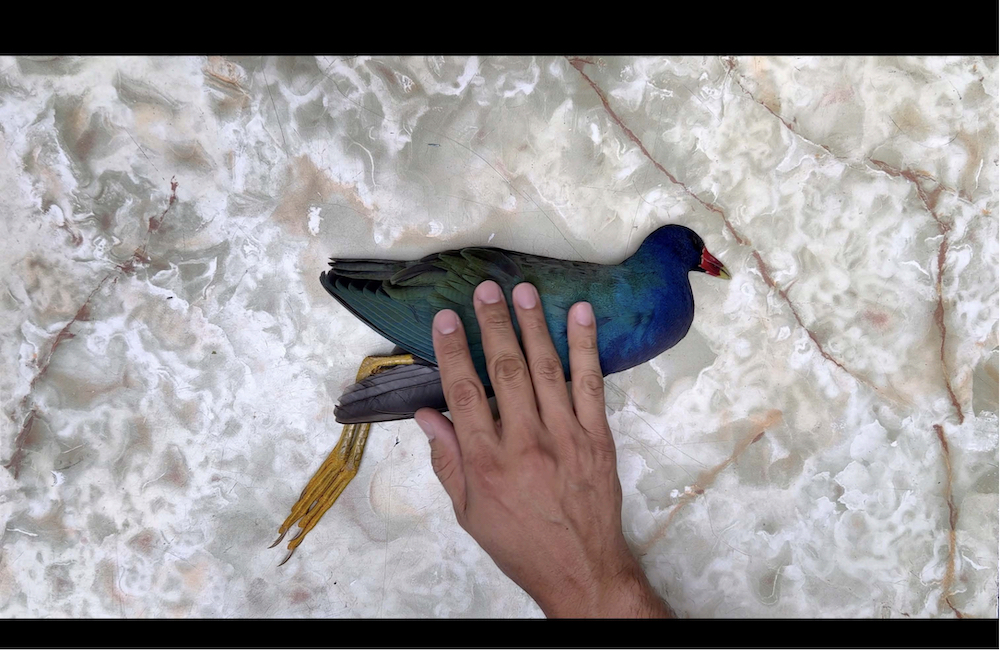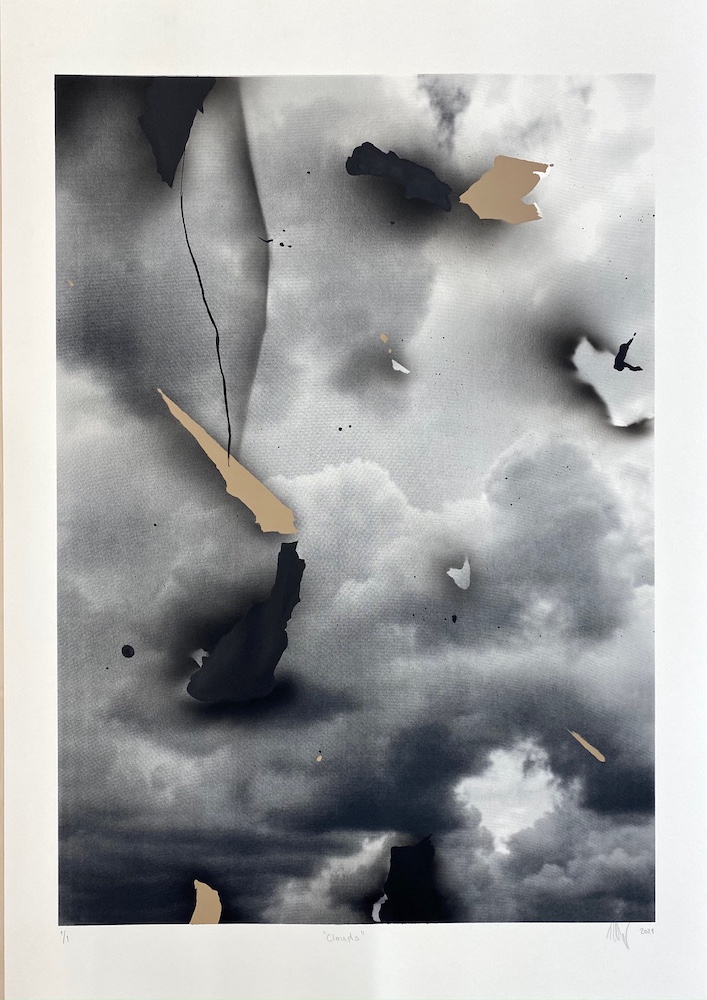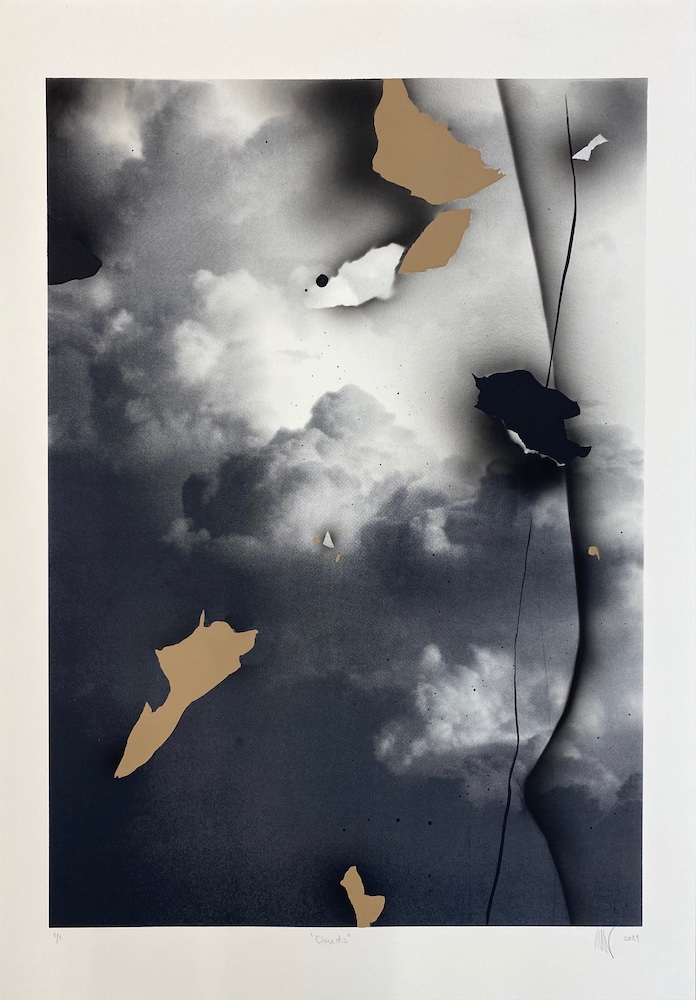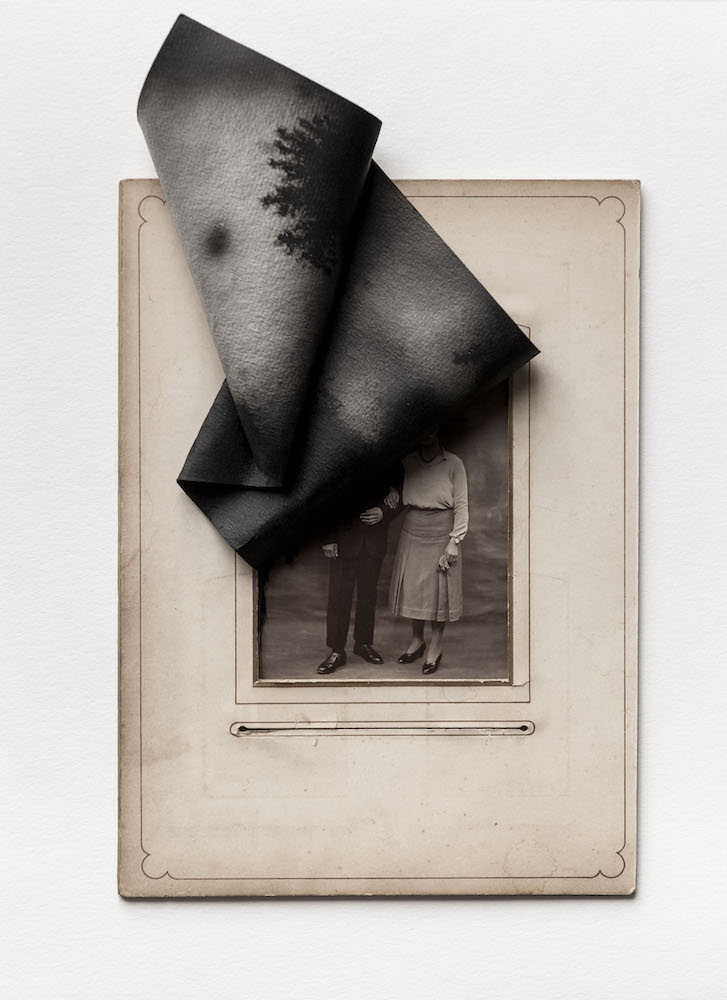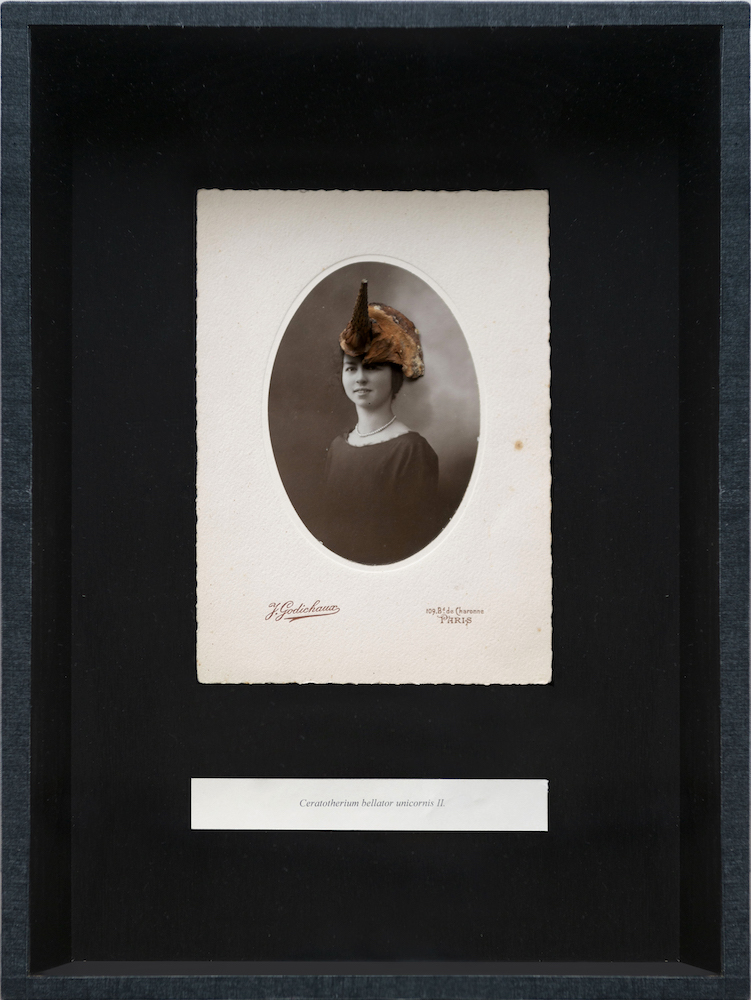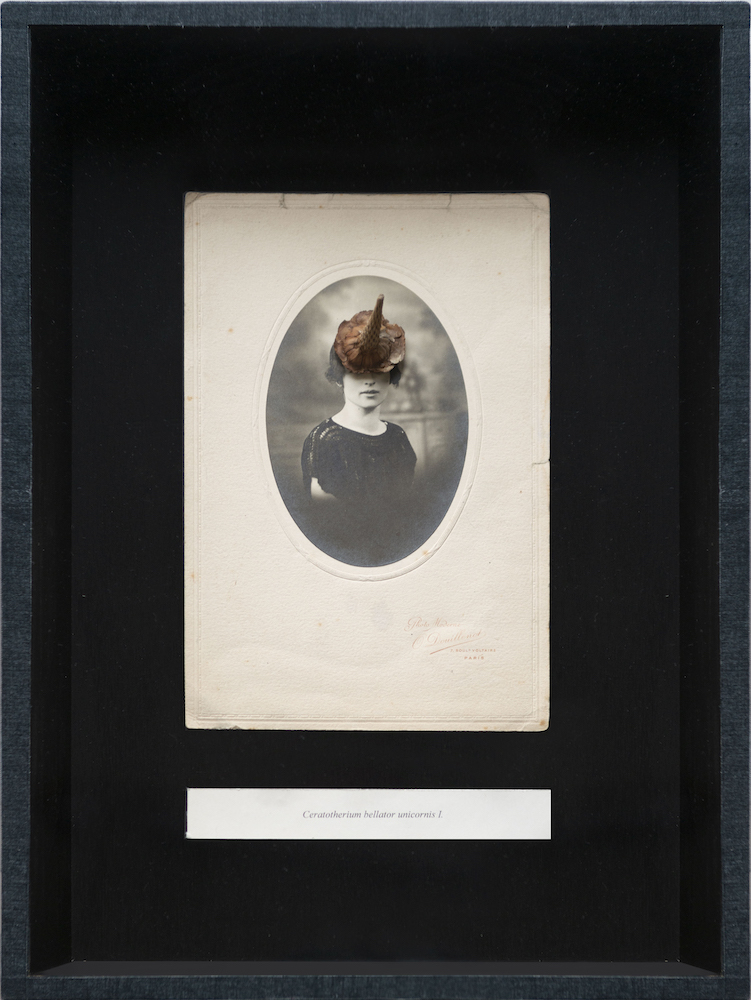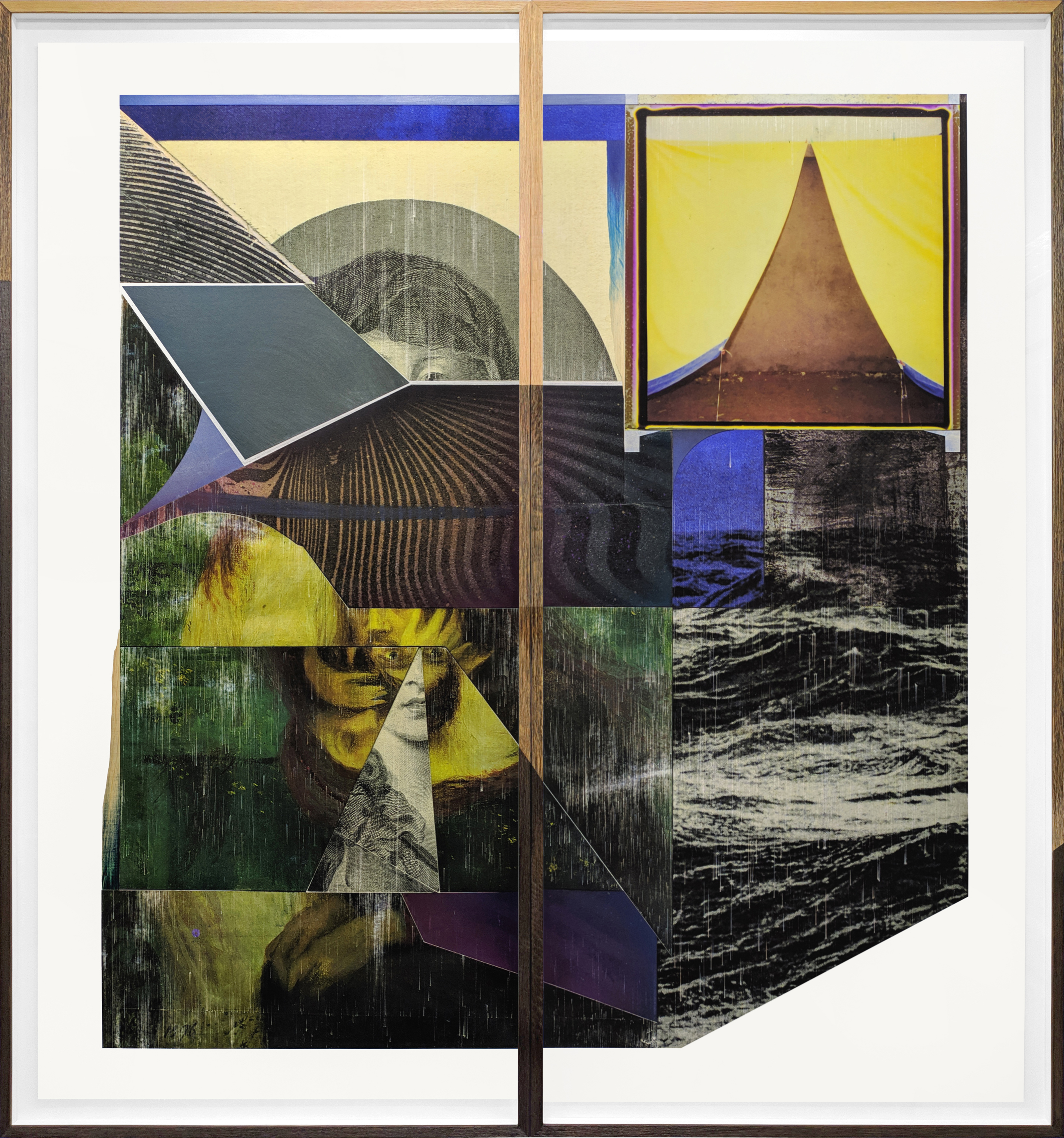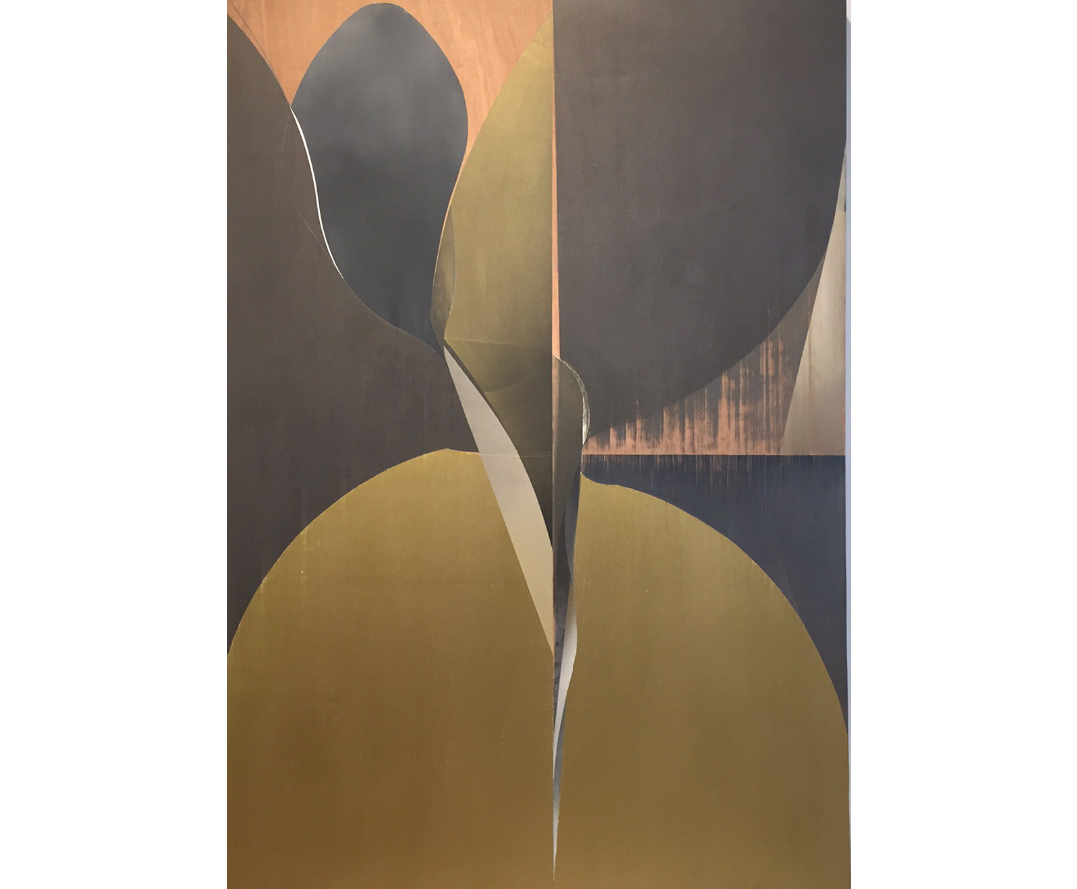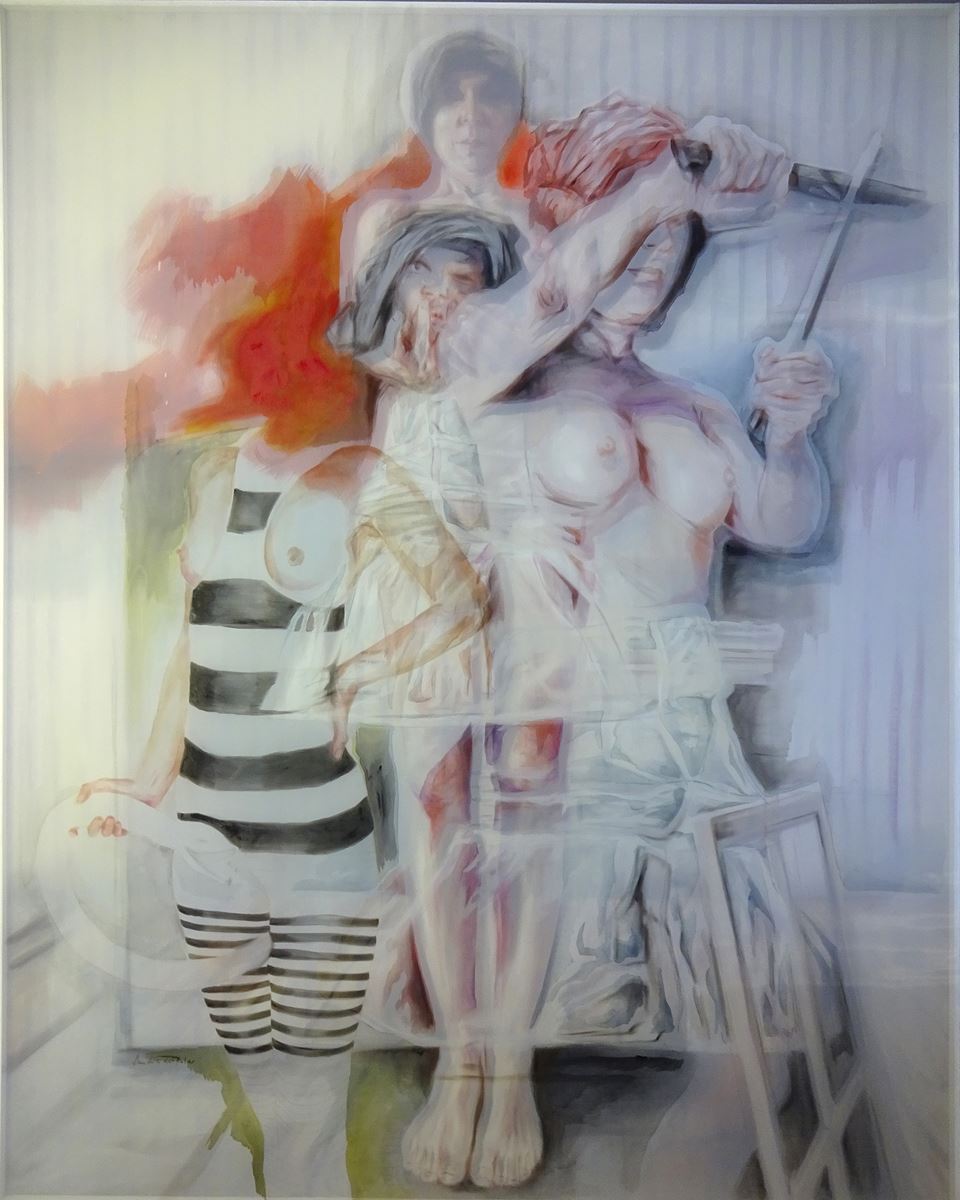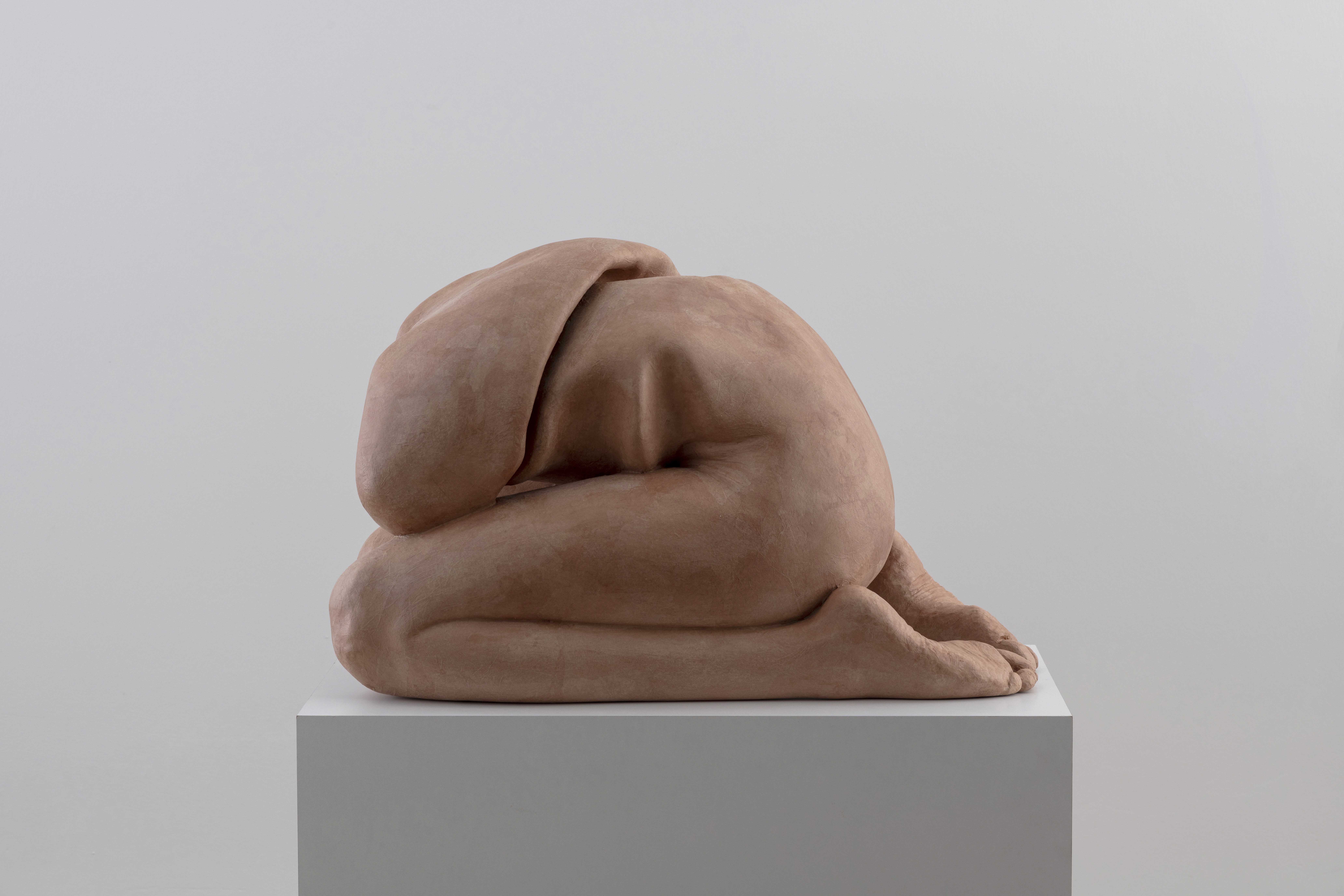Landscape of Memories
01/12/2023 - 23/03/2024
Landscape of Memories brings together the works by Carlos Aires, Alpin Arda Bağcık, Omar Barquet, Memed Erdener, Itamar Gov, Azade Köker, Larry Muñoz, Sandra del Pilar, Erinç Seymen, Yaşam Şaşmazer, Lucia Tallová, and Cengiz Tekin. Through their distinct artistic approaches, the exhibition delves into the intricate relationships between humans, nature, and memory. In today’s global context, where the integration of natural and human sciences is paramount, memory emerges as a crucial element, offering insights for navigating the present and shaping the future. The complex link between humans and nature shapes a cognitive process influenced by experiences, memory, and the continuous redefinition of vital situations. This exploration is rooted in the biocultural memory inherent in the human species, providing a long-range historical perspective and activating nuanced ways of apprehending the environment, deeply grounded in cultural dimensions.
Carlos Aires (1974, Malaga) illuminates the contemporary using historical and anonymous figures, thrusting catastrophe into the spotlight. His practice deciphers cultural codes, unfurling societal complexities through a narrative, blending individual memories, music, and consumer habits. Aires scrutinizes urgent social issues, challenging hegemonic powers and principal institutions. In his works, a realm of duality emerges, where the wicked coexists with the passionate and the complex with the playful, creating a universe ripe for exploration.
Alpin Arda Bağcık (1988, İzmir) challenges the reality of knowledge production by scrutinizing media images and their linked myths and conspiracy theories. Emphasizing the media's anesthetic effect, he delves into post-truth and authority concepts, highlighting societal pacification through images losing meaning over time. With the use of pencil drawing and oil painting on canvas, his work weaves familiar figures, world leaders, and historical turning points into real or unrealistic narratives.
Omar Barquet’s (1979, Mexico City) art explores the essence of space, time, and memory, navigating the internal human tumult. His distinctive approach involves an analytical understanding of space, blending movement and repetition, visibility and invisibility. He uses a 'collage' method to synthesize diverse inspirations, creating a 'symphony' as a unifying system. Barquet's work, rooted in collecting and recycling, breathes new life into materials marked by time and use, like flotsam and driftwood. Guided by indigenous philosophies, he advocates for a holistic view of relationships within communities, addressing the pressing environmental challenges through the revival of ancestral knowledge and spirituality.
Sandra del Pilar's (1973, Mexico City) paintings, objects, and installations delve into the phenomenon of transparency, which the artist understands as the place where the private and the political meet. Through the use of transparent synthetic fibers in her work, the artist materializes dream-like scenarios derived from collective and personal memory. She transcends conventional notions of (image-) space and (linear) time, intricately weaving between the internal and external realms, navigating through the world of images and the viewer's body. In doing so, she provides a fresh perspective on the political and social events and conditions of our time.
Memed Erdener (1970, Istanbul) initiated his artistic journey as Extrastruggle in 1997, creating extroverted works with distinct references. Aptly named, it engaged in a struggle against the dogmatic propaganda system of the Republic of Turkey. In his recent works, Erdener searches to create an alternative language by working with symbols, ideograms, and sentences constructed with images. He has produced Nonuple Series which are organized with forms that go beyond the reductive structure of the language.
Itamar Gov’s (1989, Tel Aviv) works explore the intricate connections among history, ideology, and aesthetics, delving into personal, collective, and institutional memory. Using forgotten micro-histories as a lens for socio-political exploration, his sculptural and spatial installations begin with a skeptical inquiry into cultural traditions and conventions. Grounded in ongoing research, his works navigate the intersection of art and politics, highlighting the tension between the known and the supposed, challenging assumptions about clear borders between facts and falsehoods, reality and imagination. Gov intentionally avoids providing a complete picture, encouraging viewers to engage with the elements of the works and participate in an inquisitive process.
Azade Köker's (1949, Istanbul) earlier works dealt mainly with the concepts of identity and belonging. The artist proposes hybridity as an inevitable survival mechanism, which is achieved through subjectivity based on discrepancy, transparency, and vulnerability. In her latest works, nature is negotiated as a cultural construct. She creates images of nature inhabited by traces of human intervention, which she then deconstructs by a repeating pattern on the surface. Through this layering and reworking of the surface, she disrupts the perfection and legibility of the represented image and comments on the possibilities of paintings.
Larry Muñoz (1982, Bogotá), inspired by nature, explores its fragility and complexity through a keen attention to details, little elements, and gestures. Through sculptures, videos, and installations, the artist invites viewers to engage with organic and industrial materials from diverse origins. Muñoz contemplates the universal and particular aspects of our relationship with nature, and deals with the ways we think and relate to the natural world.
Erinç Seymen’s (1980, Istanbul) work looks at power relationships and uses metaphors and anthropomorphic forms, which coalesce to create a narrative that directly critiques and curtails modern and traditional hetero-normative realities—especially apparent in his most recent works. Using irony/satire as a method, Seymen deals with controversy and asymmetry stemming from the discrepancies in intention, tracing notions of the permanent impact of loyalty, shared values, and the culture of belonging.
Yaşam Şaşmazer (1980, Istanbul) crafts sculptures and installations primarily from natural materials, such as wood, clay, and paper, seamlessly integrating organic elements like mushrooms and rocks. Her figurative sculptures are centered on the human body and transition between recognizable and amorphous forms, accentuating the boundary-blurring impact of organic materials. Some pieces portray anonymous or amputated bodies, highlighting dualities of human/non-human and animate/inanimate. Through transformative bodies, she navigates elemental dualities, probing concepts of existence/absence and vitality/mortality. Her practice challenges the perceived centrality of humans in the grand scheme.
Lucia Tallová (1985, Bratislava) intertwines painting with installations, collages, and photographs, forging a material connection between themes and techniques. Her work abstains from intuitive gestures in dominant places, evolving into spatial realms. With collage-like qualities, her work forms new systems by storing and rearranging materials, and manipulating residue to grant visually useless elements a new existence. This process extends to her archive, comprising old photographs, albums, postcards, and diverse objects, where she transforms and manipulates troublesome items into a fictional archive, challenging the conventional lifespan of materials and giving them renewed significance.
Cengiz Tekin (1977, Diyarbakır) uses photography, video, and sculpture in his artistic practice to discuss rooted social matters such as tradition and family. The artist specifically focuses on both the local and the global political agenda. Through documentation, Tekin unveils the irony behind the trusted routine and presents the uncanny forms that cause interruption. Generally departing from his own experiences, the artist draws attention to the issues of taking shelter and seeking refuge, which he approaches as a global urgency.
» BUNLARI DA GÖRÜN
Sanatçı Sayfaları
- Carlos Aires
- Alpin Arda Bağcık
- Omar Barquet
- Sandra Del Pilar
- Memed Erdener
- Itamar Gov
- Azade Köker
- Larry Muñoz
- Erinç Seymen
- Yaşam Şaşmazer
- Cengiz Tekin
- Lucia Tallová
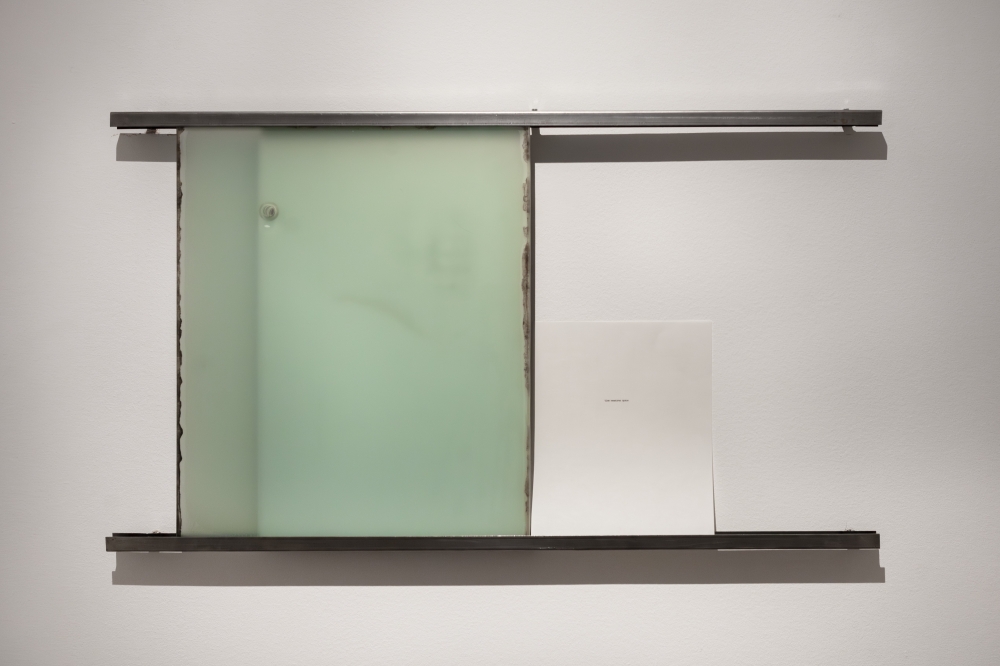
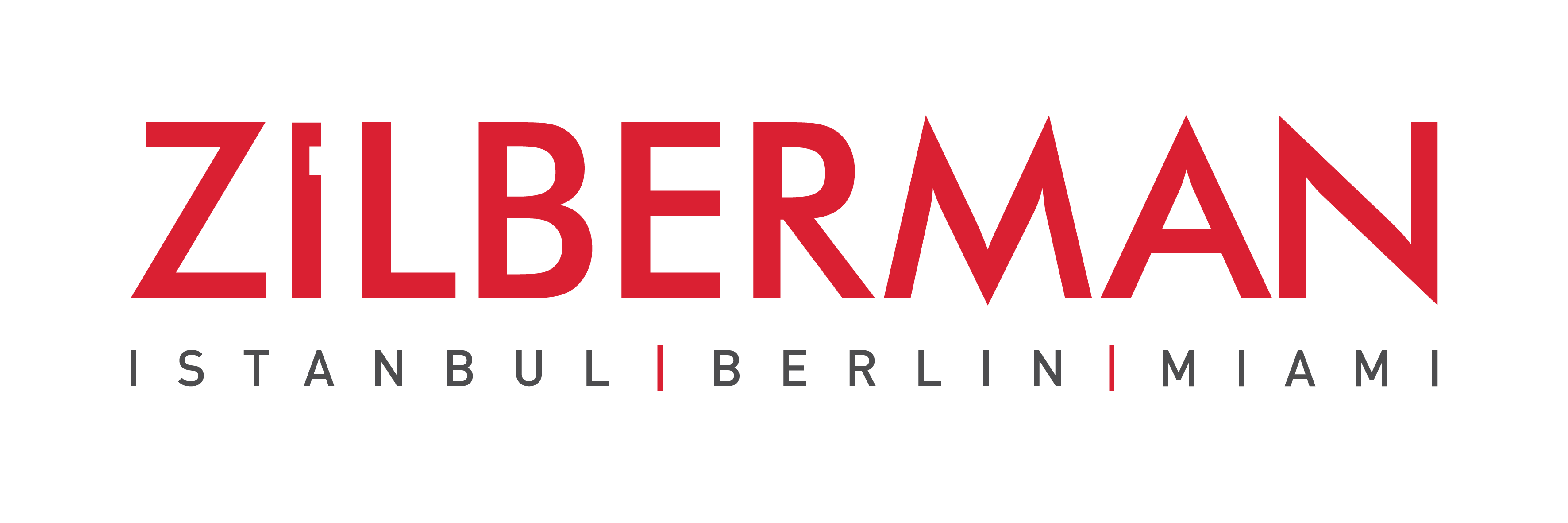

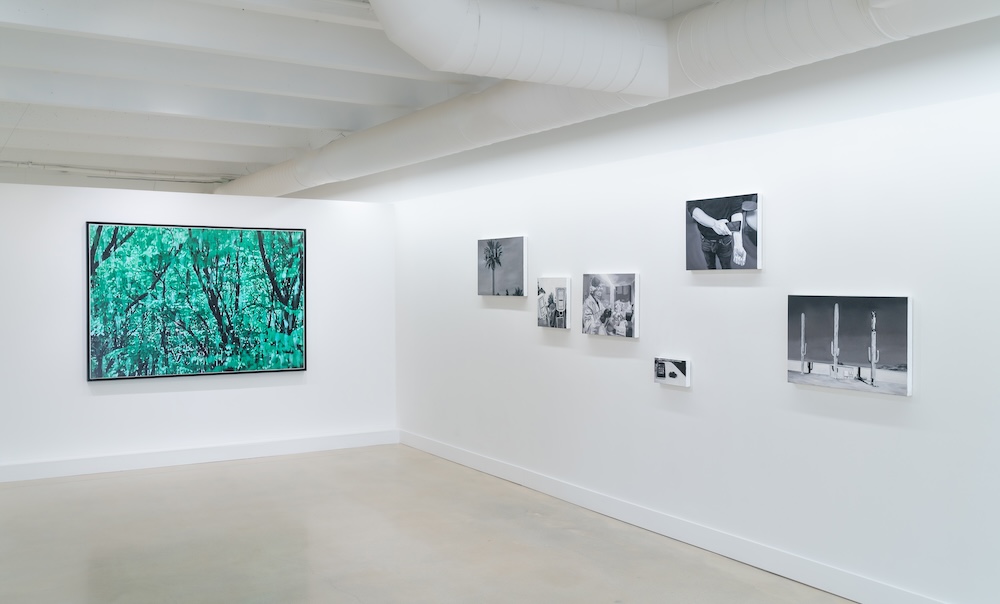
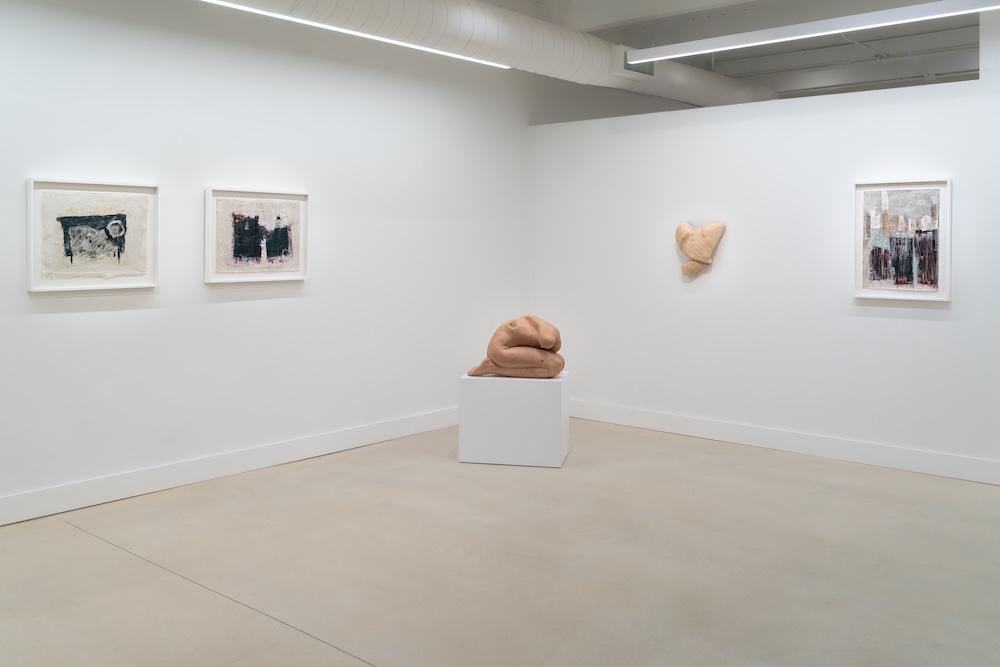
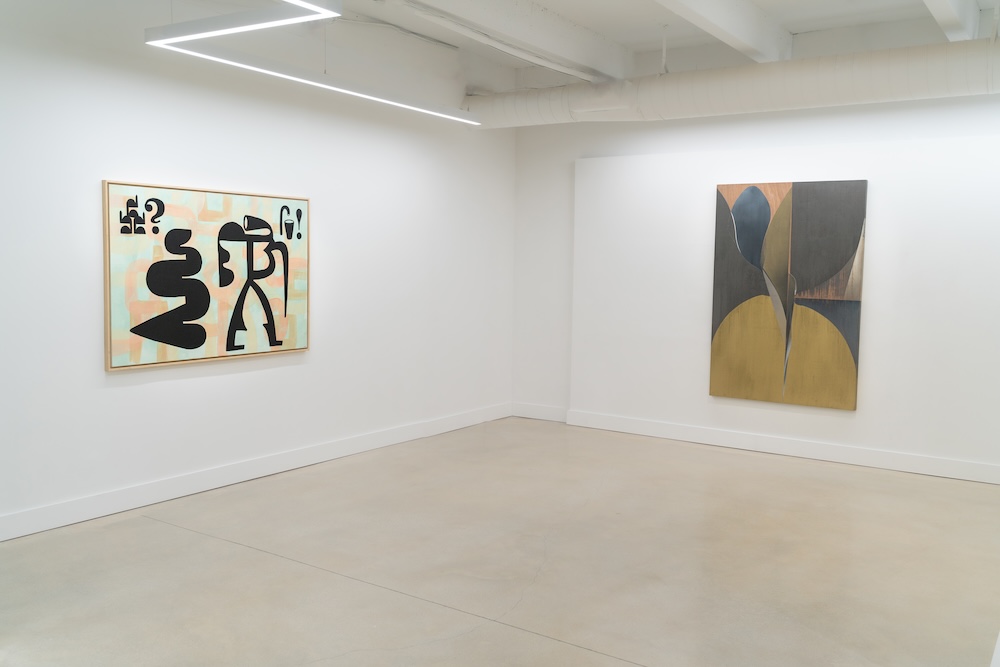
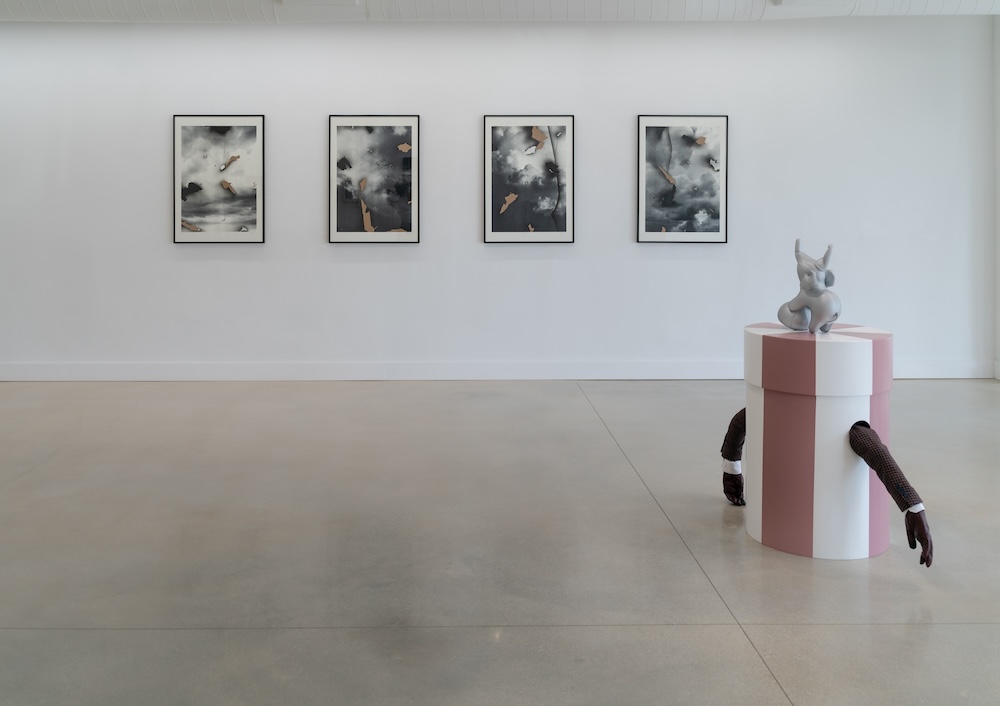
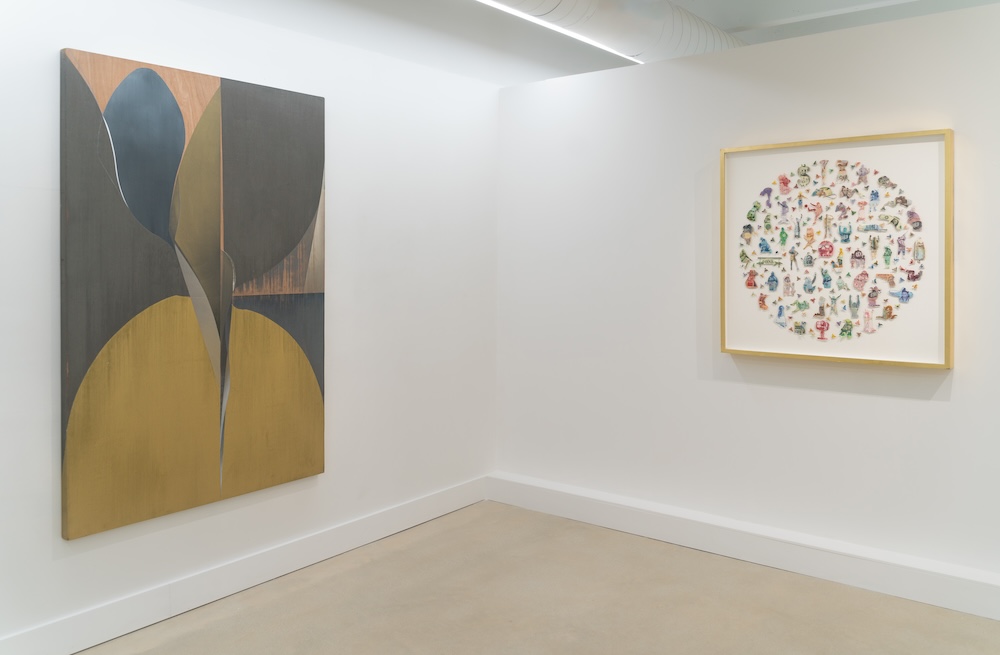

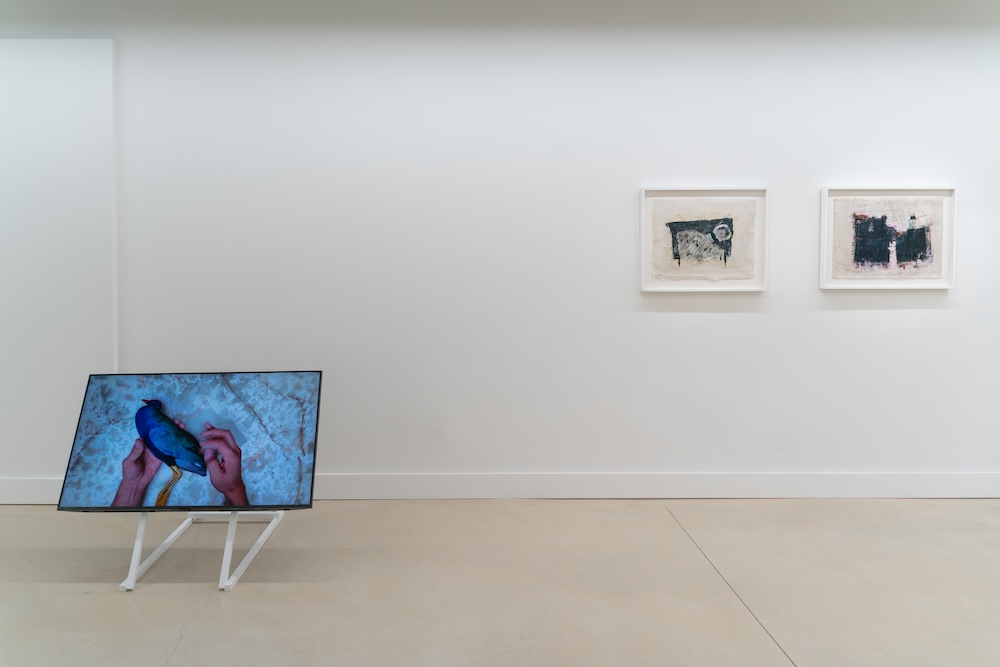
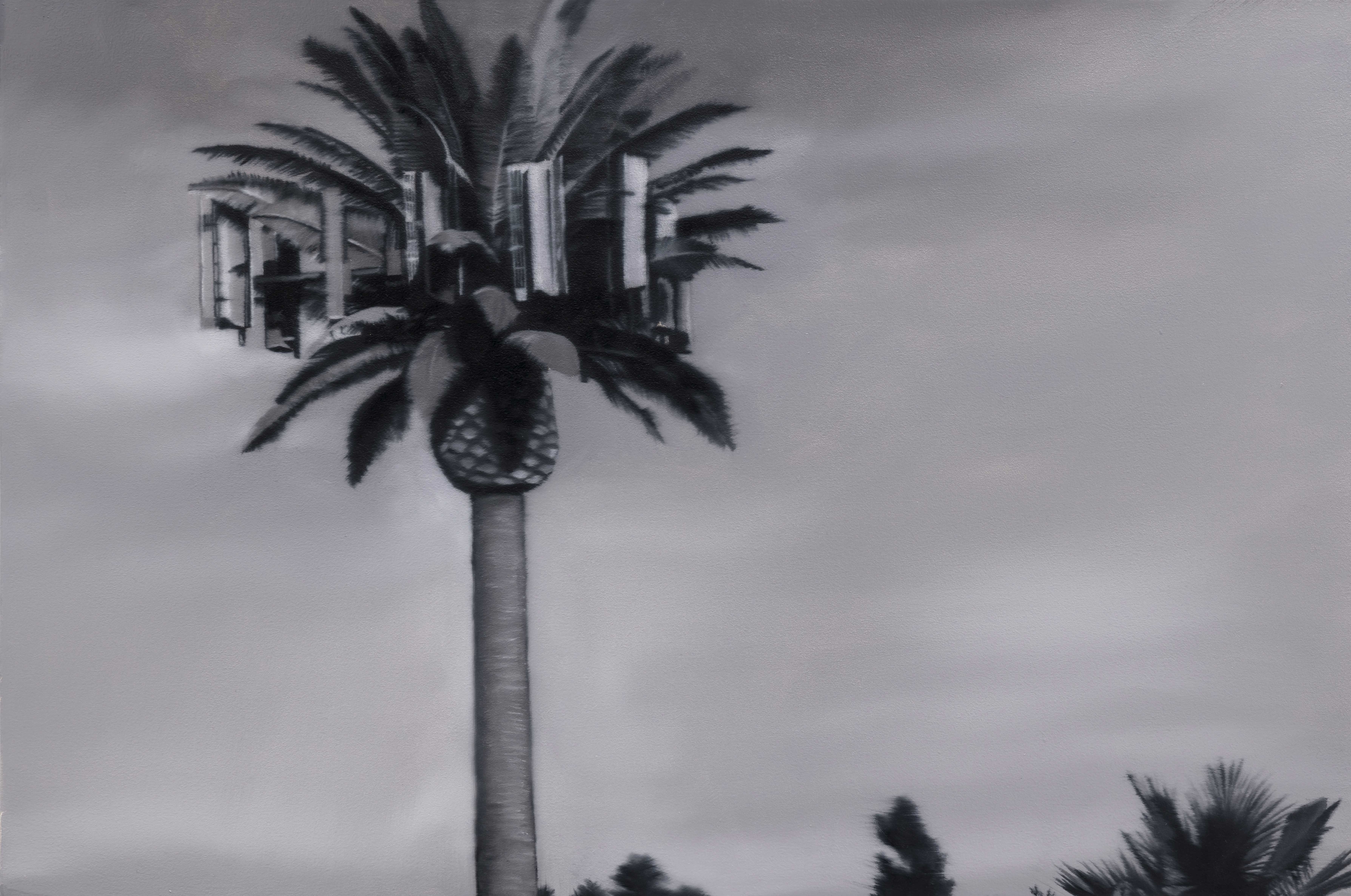
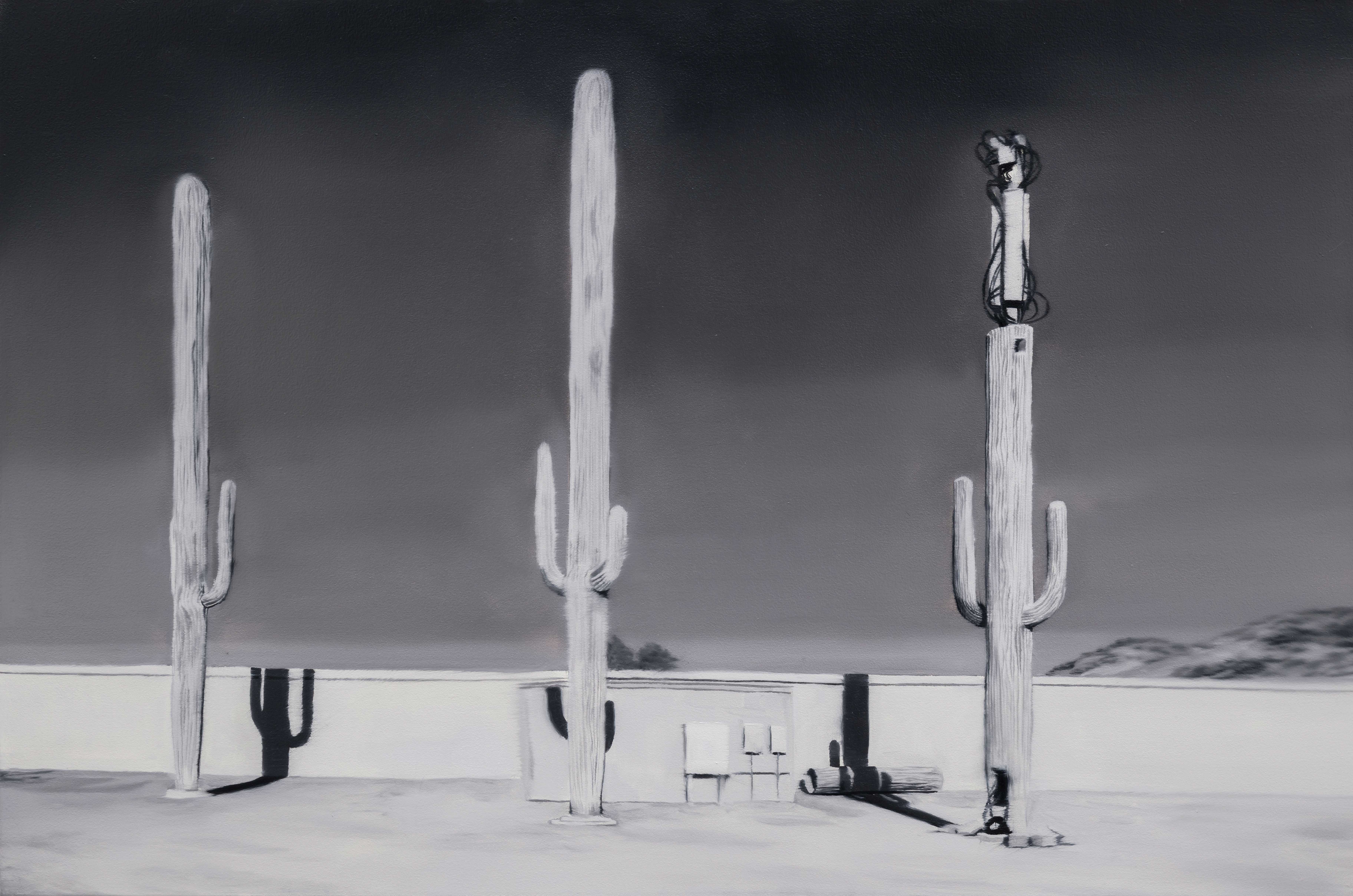


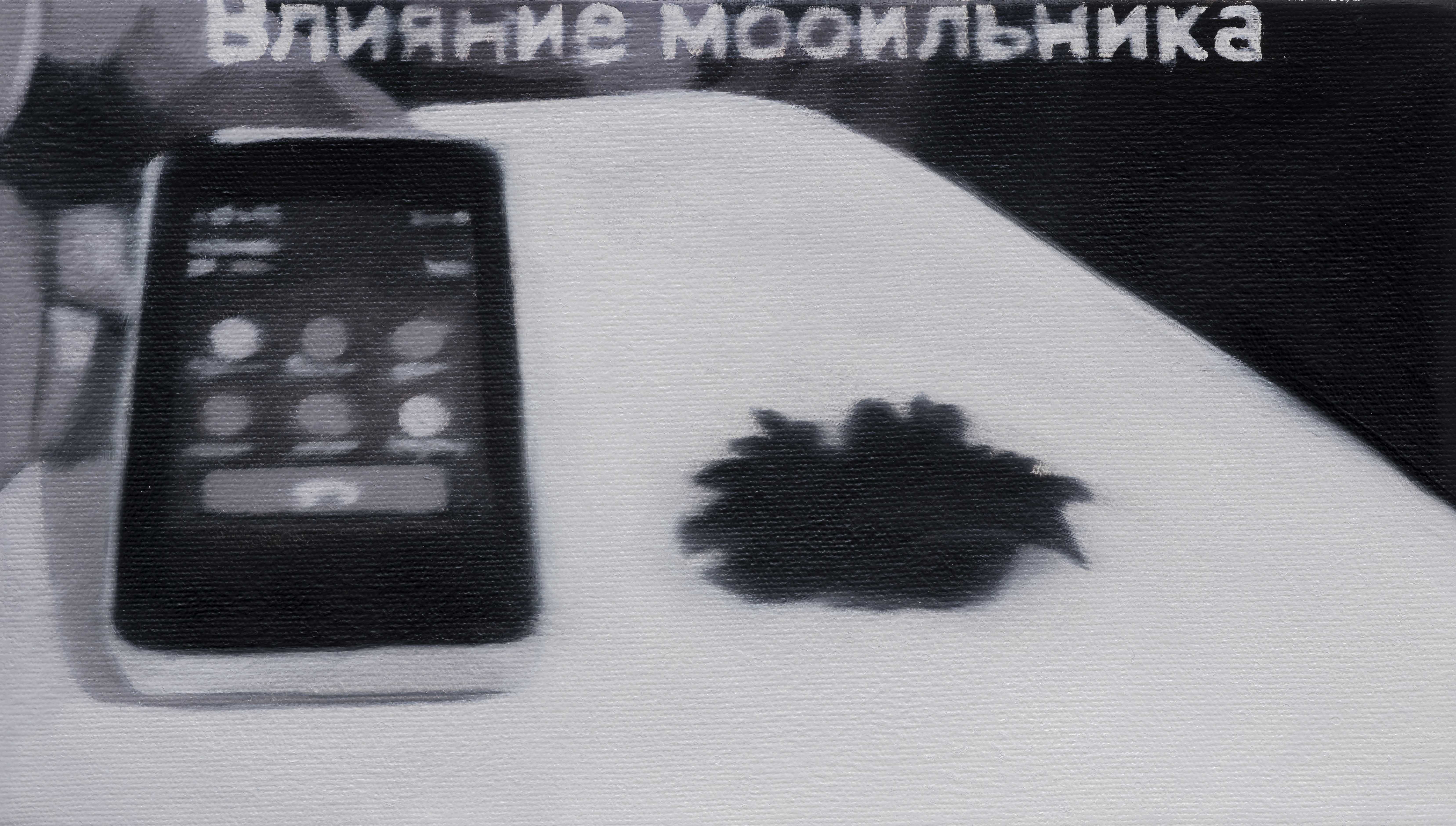

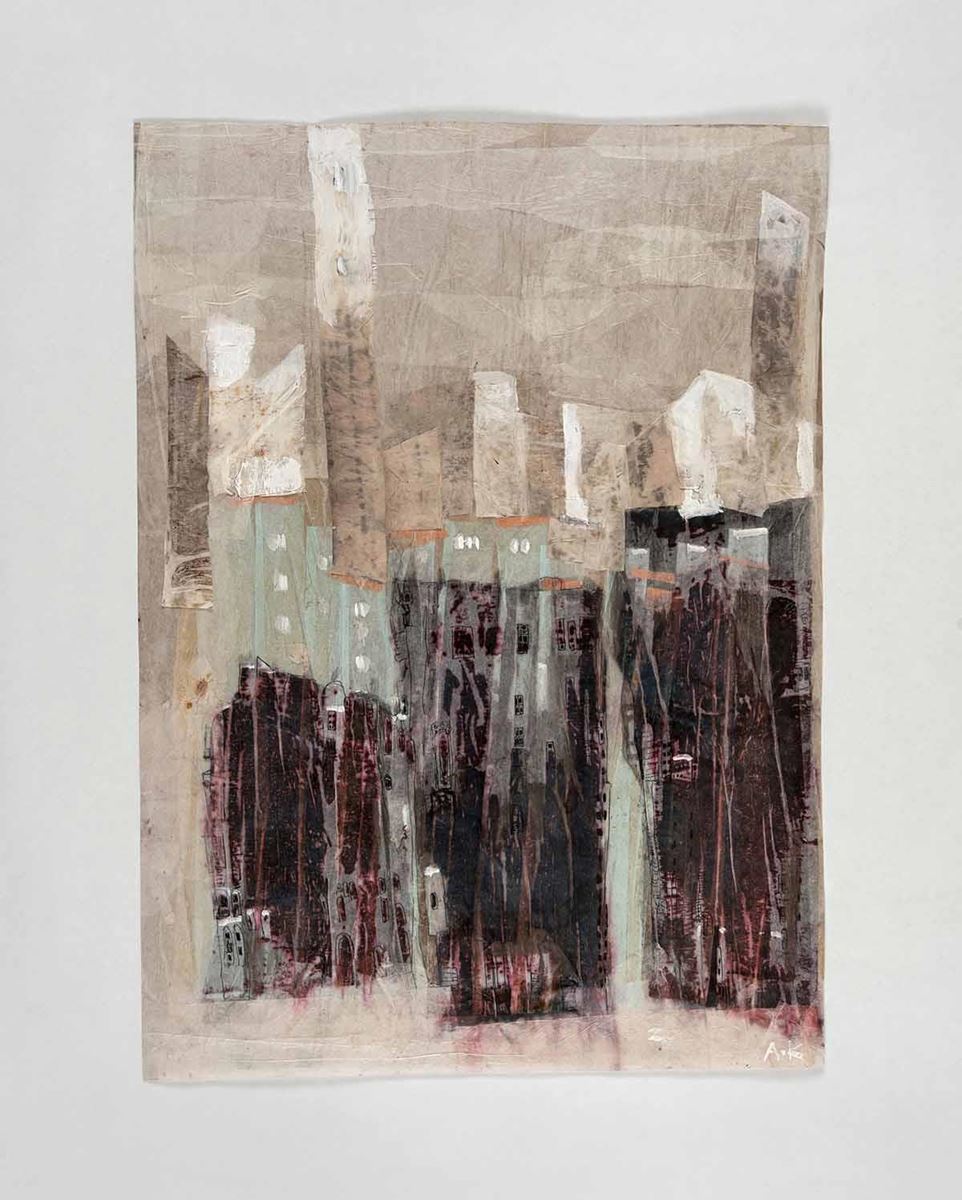


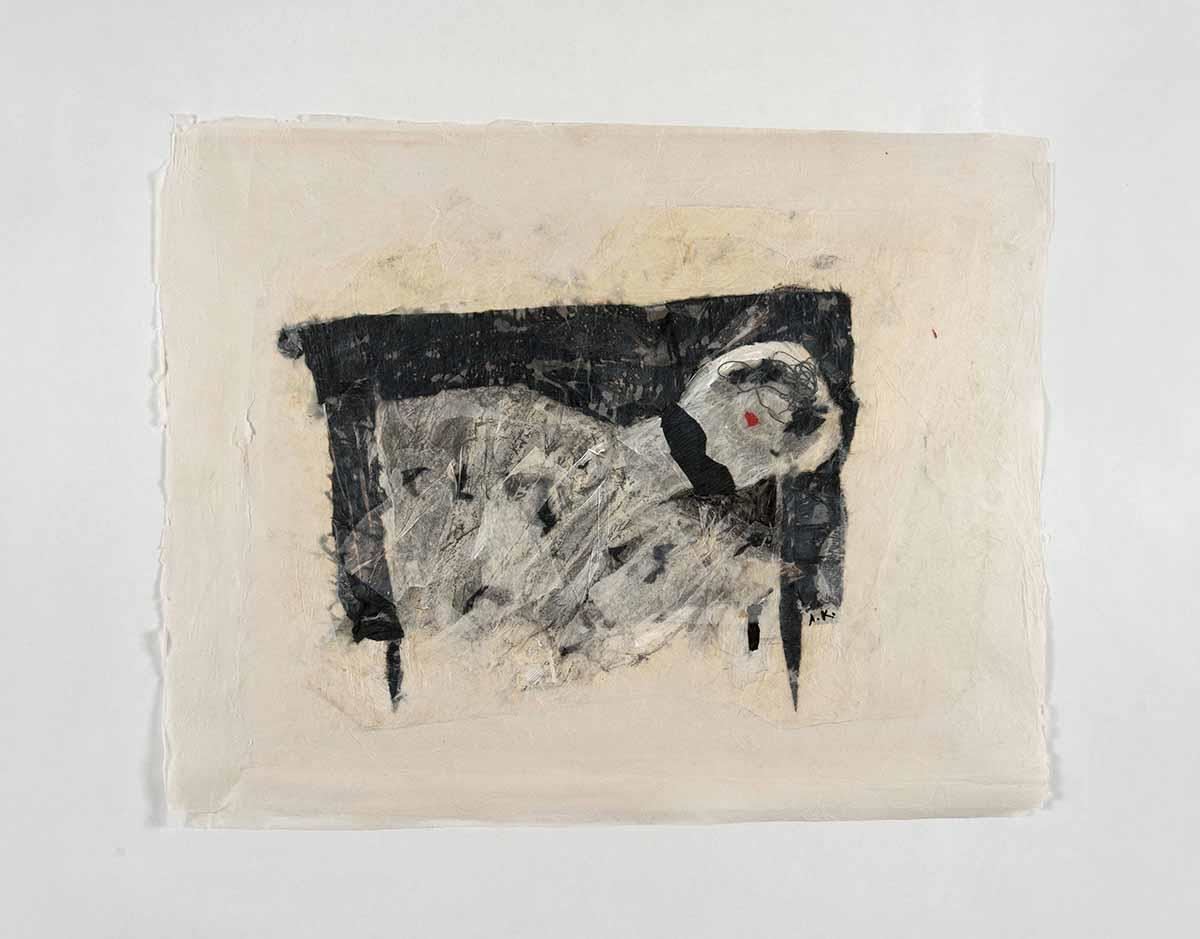
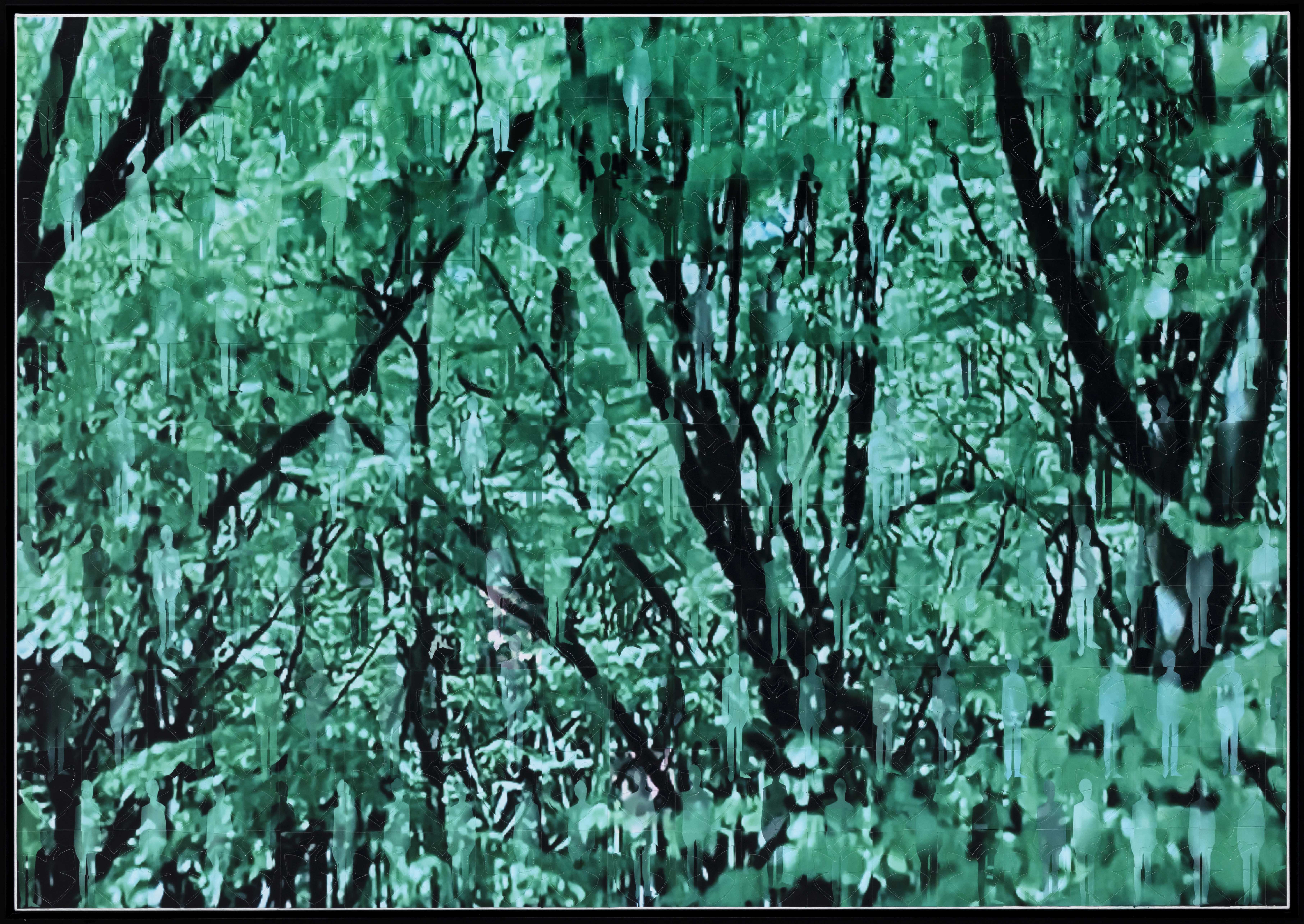
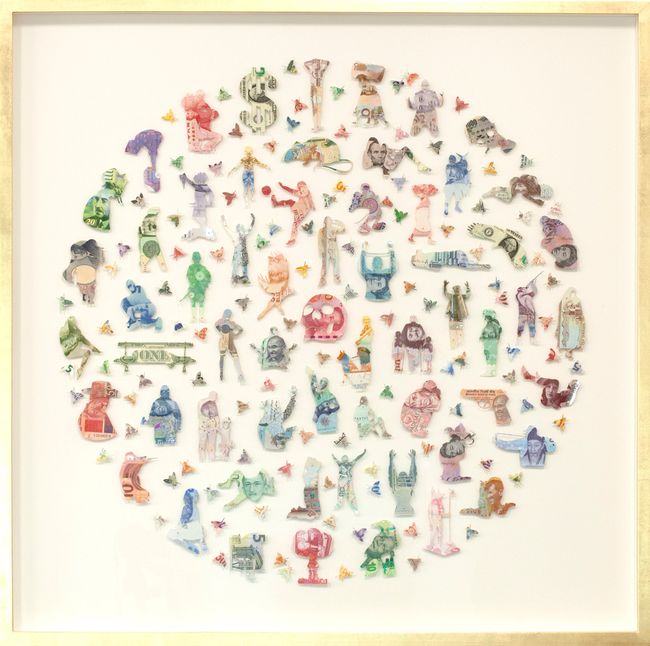
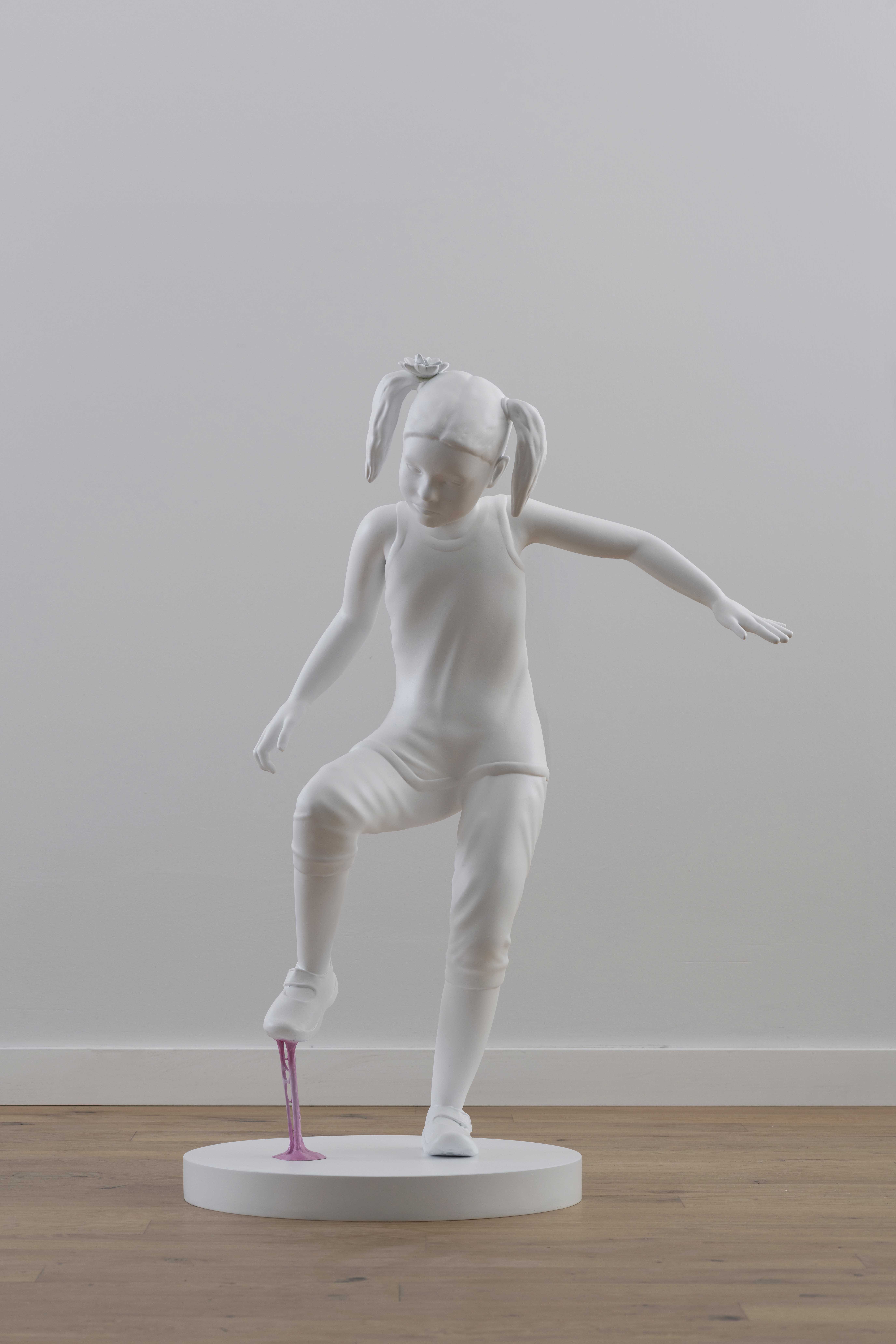
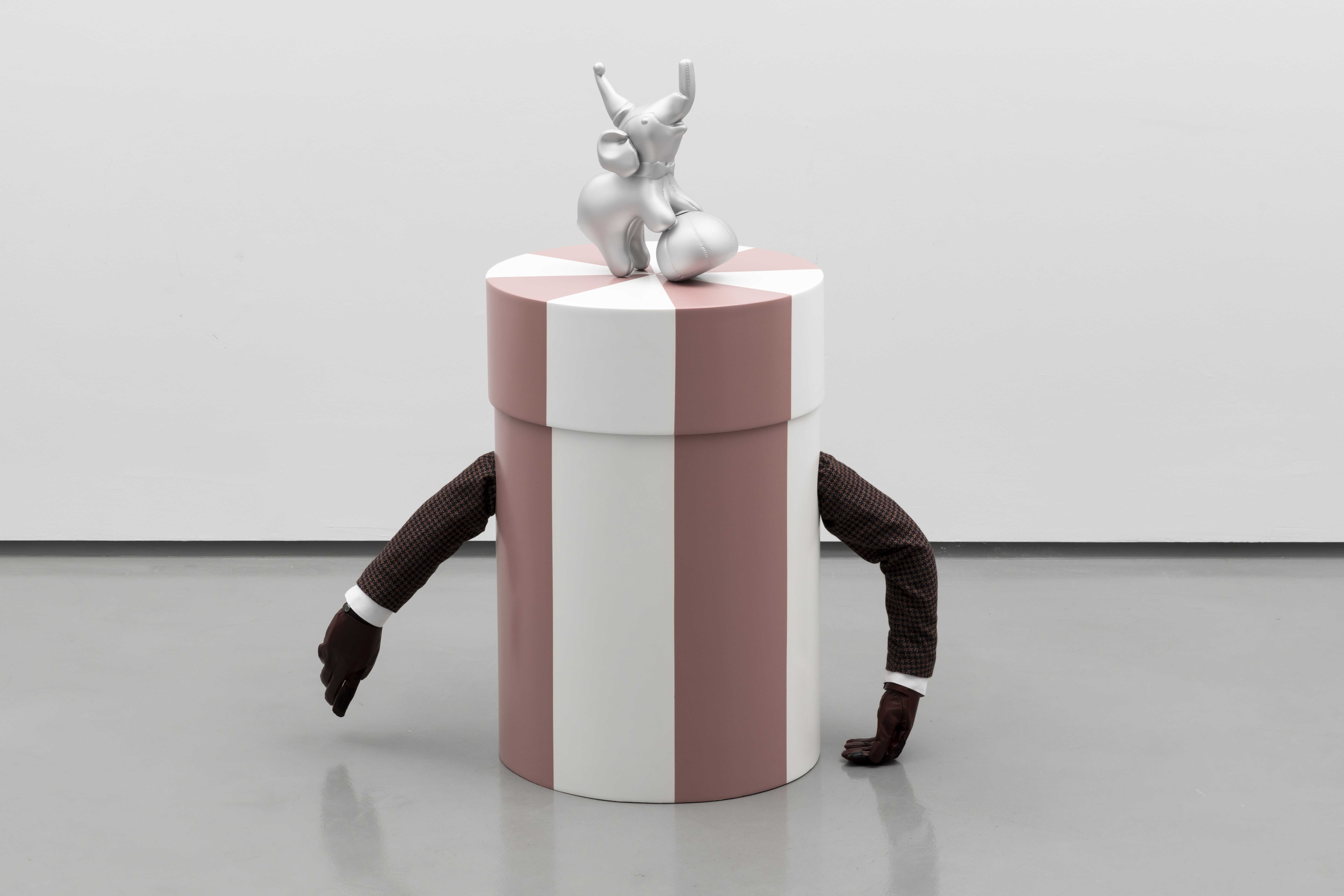
![“Tanrı ve Kadın Hakkında Bir Sohbet” [Sembolik olan tüketilemez] adlı seriden “Tanrı ve Kadın Hakkında Bir Sohbet” [Sembolik olan tüketilemez] adlı seriden](/images/works/454924204316431244.png)
